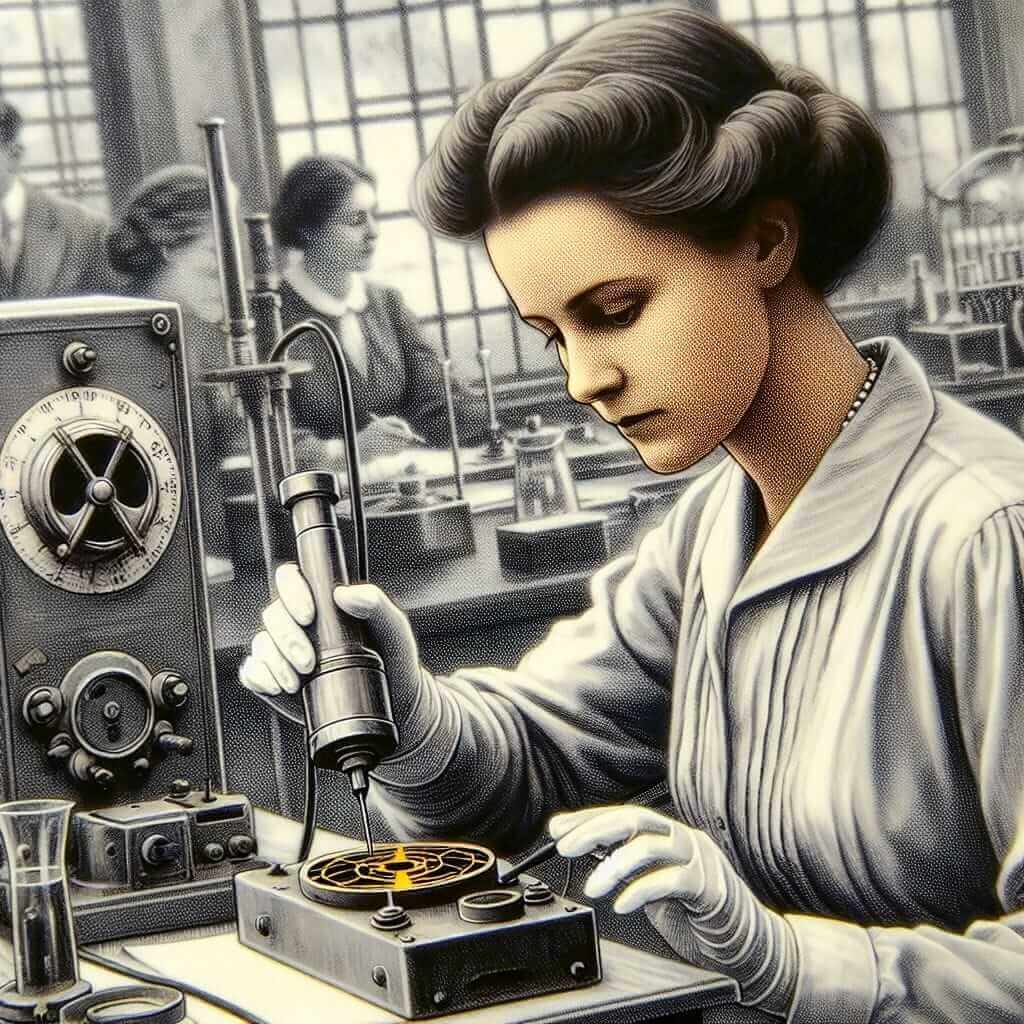The IELTS Reading test is a critical component of the IELTS exam, assessing your ability to understand and interpret texts written in English. One frequently discussed topic within the realm of Reading passages is the “Role of Women in Scientific Discoveries”. This topic not only highlights significant historical contributions but also reflects modern societal values and trends, making it a recurring theme. With this article, we aim to prepare you for this inevitable encounter in your IELTS examination through a structured practice exercise.
Practice Reading Passage and Questions
Reading Passage – Easy Text
The Role of Women in Scientific Discoveries
Women have played a crucial yet often underappreciated role in the history of scientific discoveries. Despite systematic exclusion and discrimination, many women have made groundbreaking contributions across various fields of science.
Marie Curie is perhaps the most celebrated female scientist. She was the first woman to win a Nobel Prize and remains the only person to have won Nobel Prizes in two different sciences – Physics and Chemistry. Her pioneering research on radioactivity not only contributed to the development of X-ray machines but also laid the groundwork for modern atomic physics.
In the field of programming, Ada Lovelace is an iconic figure. Serving as an assistant to Charles Babbage, Lovelace is often credited with writing the first algorithm intended for processing on a computer. She envisioned computers having applications beyond mere numerical calculations, which was groundbreaking at that time.
Rosalind Franklin’s work was critical in the discovery of the DNA double helix structure, although she was not immediately credited for her contribution. Her X-ray diffraction images of DNA were foundational for the work of Watson and Crick, who subsequently won the Nobel Prize for this discovery.
There are many more examples of women who have made substantial contributions to science. These women not only changed the course of history with their discoveries but also paved the way for future generations of female scientists.

Questions
Multiple Choice Questions
-
Marie Curie is recognized for her contributions to which fields of science?
a. Biology and Chemistry
b. Physics and Medicine
c. Physics and Chemistry
d. Astronomy and Biochemistry -
Who is credited with writing the first algorithm for processing on a computer?
a. Marie Curie
b. Rosalind Franklin
c. Ada Lovelace
d. Dorothy Hodgkin
Identifying Information (True/False/Not Given)
-
The X-ray machines were developed based on the research conducted by Marie Curie.
a. True
b. False
c. Not Given -
Rosalind Franklin received a Nobel Prize for her work on the DNA structure.
a. True
b. False
c. Not Given
Summary Completion
Complete the summary using the words from the passage.
Women have played an essential but often role in scientific history. Notable women like Marie Curie, Ada Lovelace, and Rosalind Franklin made groundbreaking contributions. Curie’s research on was instrumental in developing X-ray machines and laid the foundation for atomic physics. Lovelace wrote the first algorithm intended for , envisioning wider applications for computing. Franklin’s X-ray images were crucial for the discovery of double helix structure.
Answer Key
- c
- c
- a
- b
Summary Completion: underappreciated, radioactivity, processing, DNA
Common Mistakes
- Misidentifying the Main Idea: Many test-takers mistake detailed information for the main idea. Always focus on the overall theme of each paragraph.
- Not Checking Inferences: Some questions require you to infer information. Ensure you differentiate between stated facts and inferred information.
Vocabulary
- Underappreciated (adj) – /ˌʌndərəˈpriːʃieɪtɪd/ – not recognized as valuable or important.
- Groundbreaking (adj) – /ˈɡraʊndˌbreɪ.kɪŋ/ – introducing new and innovative ideas.
- Pioneering (adj) – /ˌpaɪəˈnɪərɪŋ/ – involving new ideas or methods.
- Diffraction (n) – /dɪˈfrækʃən/ – the slight bending of light as it passes around the edge of an object.
Grammar Points
- Passive Voice: Often used in scientific texts to put focus on the action rather than the doer. Example: “X-ray diffraction images were foundational for the work of Watson and Crick.”
- Relative Clauses: Used to provide additional information about a noun. Example: “Marie Curie, who was the first woman to win a Nobel Prize, was a pioneer in radioactivity research.”
Tips for High Reading Scores
- Practice Regularly: Consistency is key. Read a variety of texts, especially those related to common IELTS topics.
- Expand Your Vocabulary: Learn new words daily and understand their usage in different contexts.
- Develop Scanning and Skimming Techniques: These will help you locate information quickly and efficiently.
- Practice Different Question Types: Familiarize yourself with multiple choice, summary completion, true/false/not given, and other question formats.
- Time Management: Allocate your time wisely to ensure you can answer all questions within the given time.
By focusing on topics like the “Role of Women in Scientific Discoveries,” you can enrich your understanding and enhance your reading skills, preparing yourself for any challenge the IELTS exam may present. Happy studying!